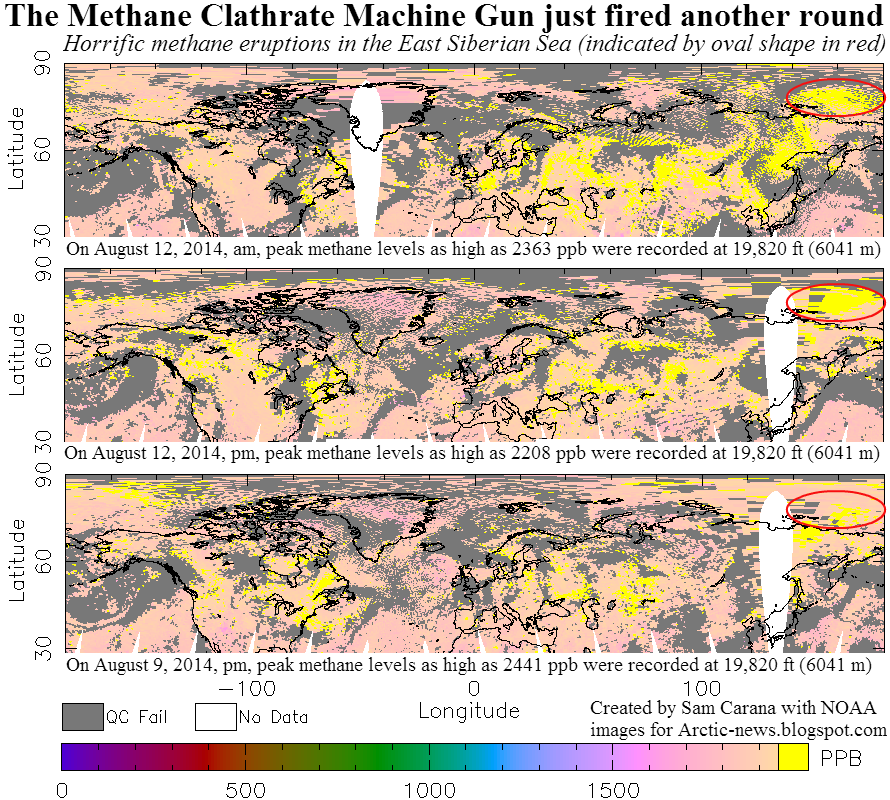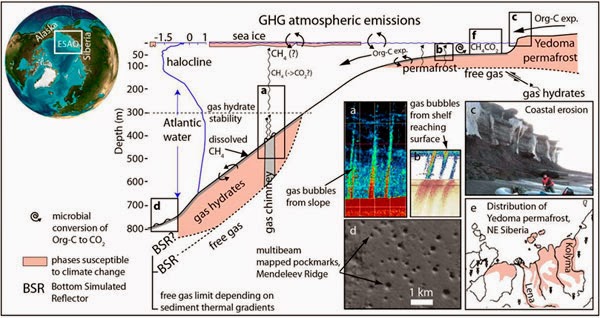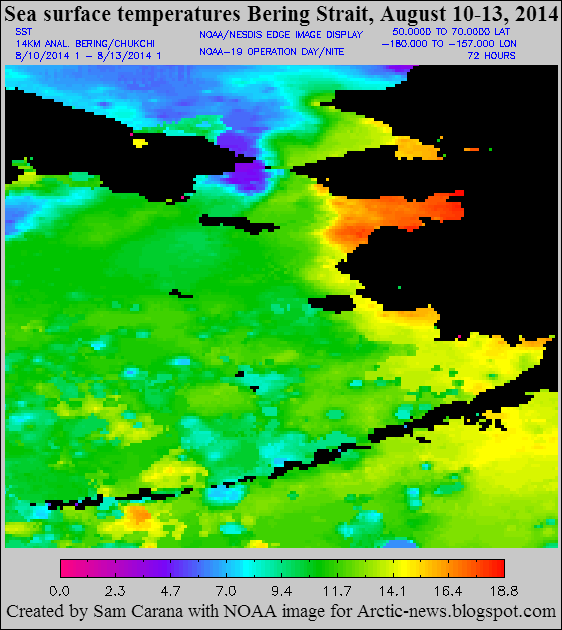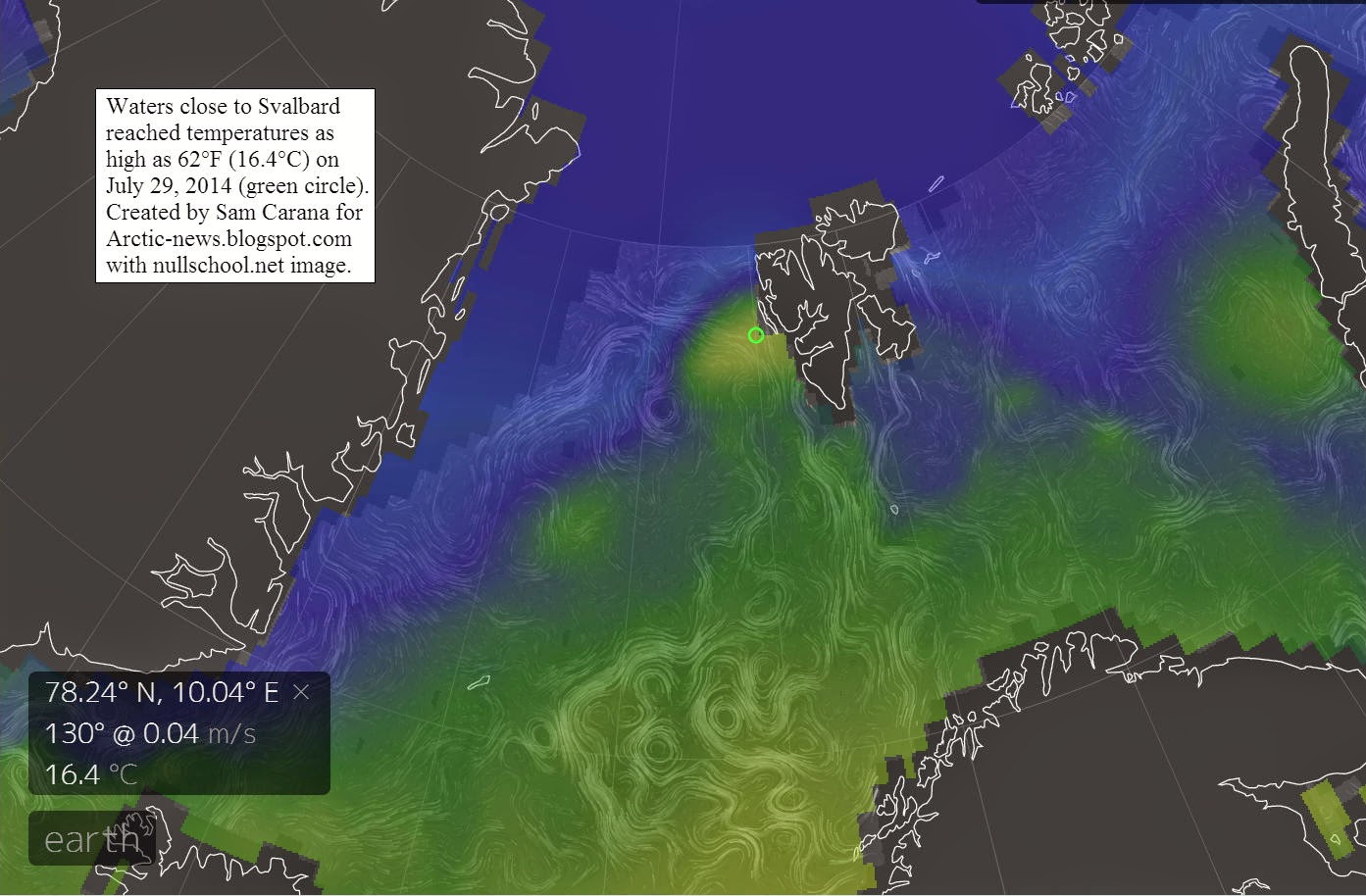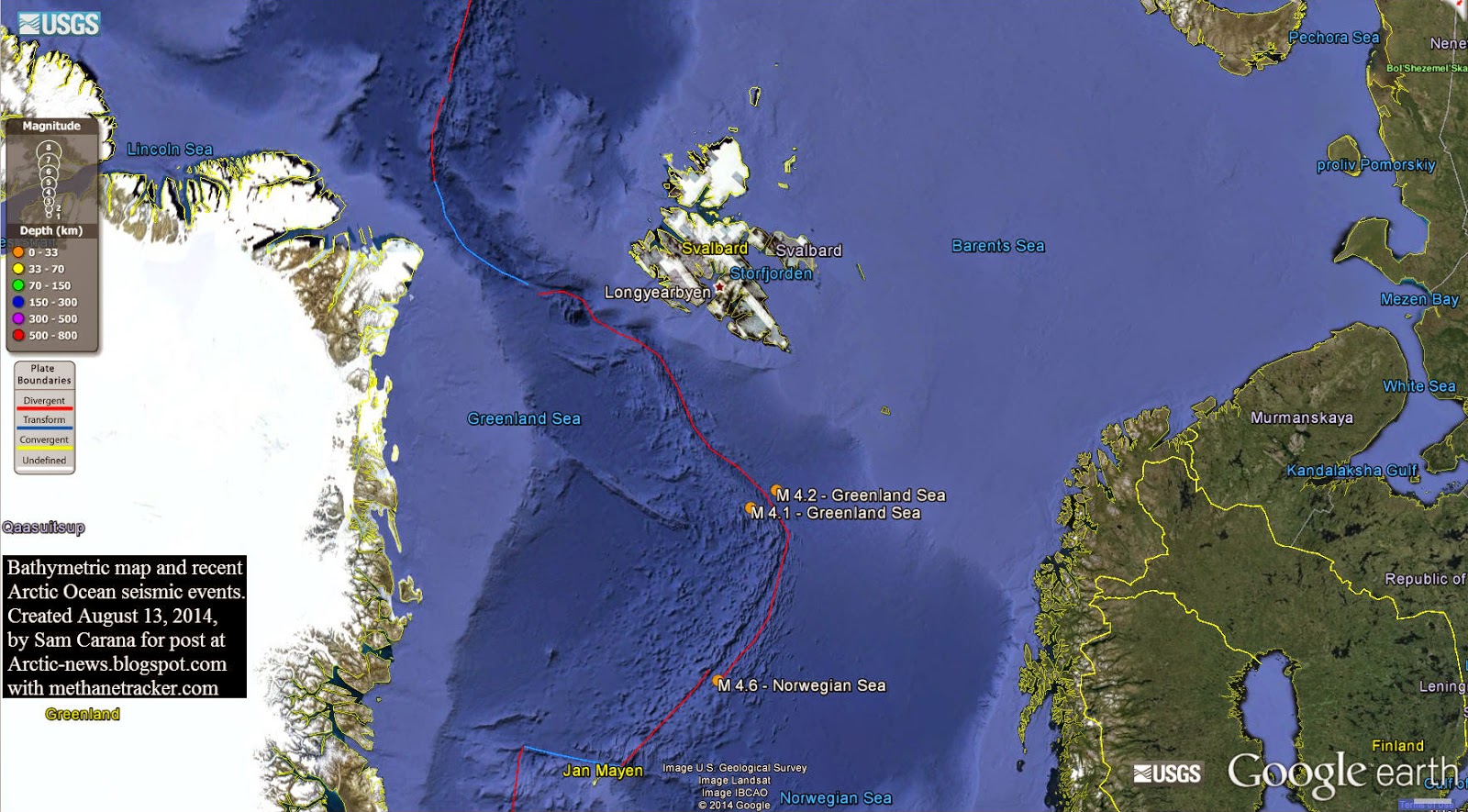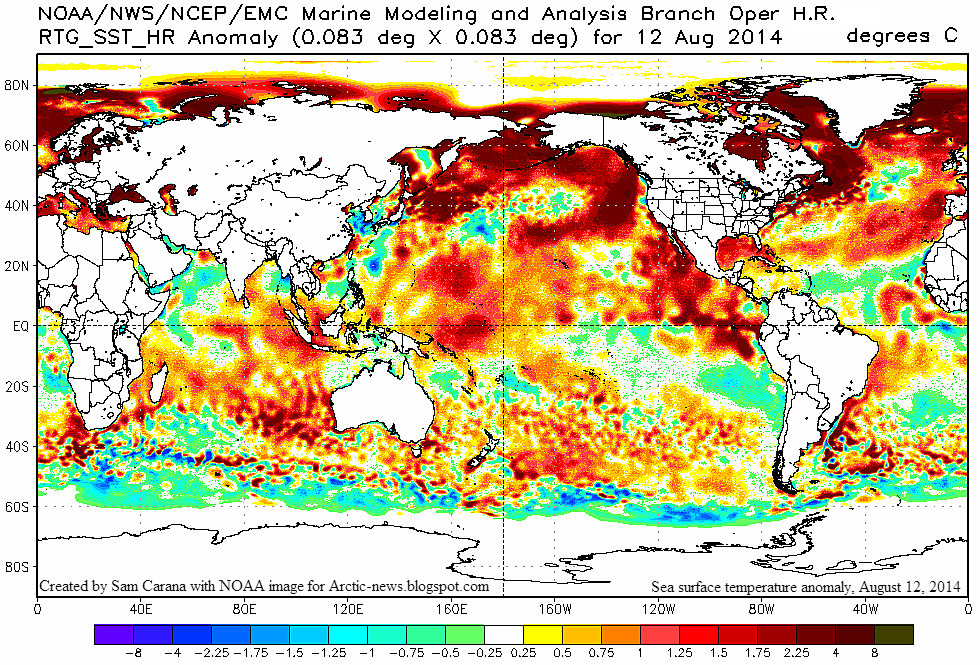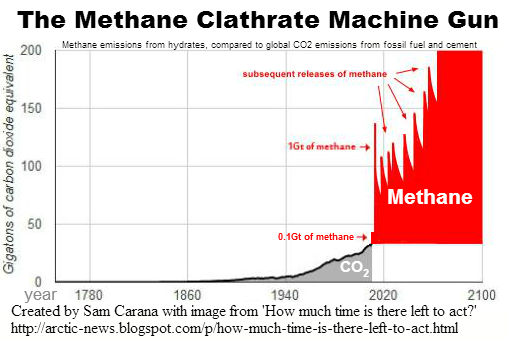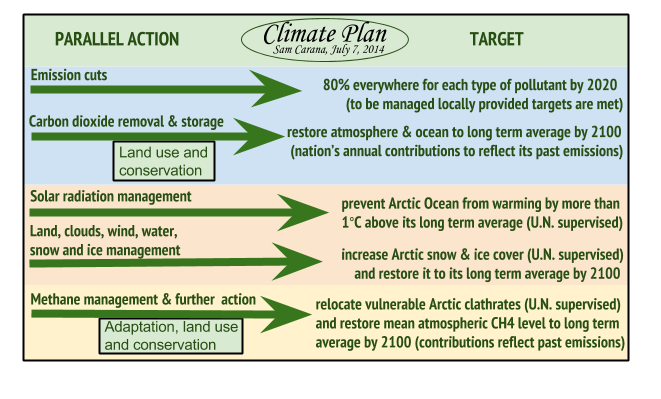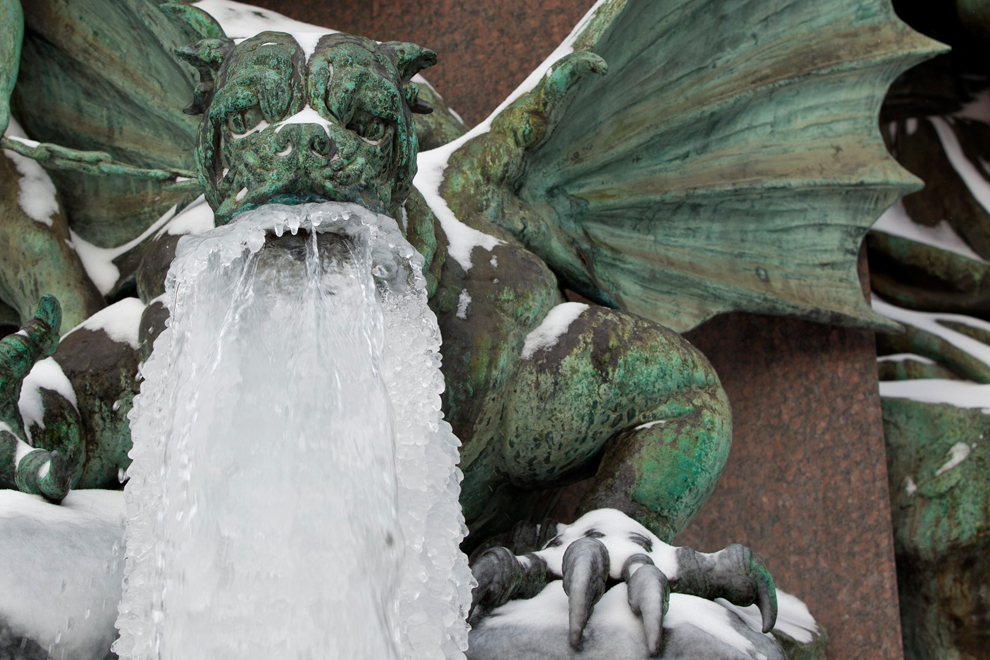What reinvigorated my interest in the subject was this story by Time. As usual for our corporate media, they fucked it up again:
4 Possible Explanations for That Mysterious Flash of Light Over Russia
Sam Frizell
Nov. 20, 2014
A meteor, a military launch — or something much more sinister?
The sky above Russia’s remote Sverdlovsk region erupted in light last Friday, and despite it having been captured on numerous video recordings—particularly dashboard cameras, it seems—no one seems to know what the flash of light was.
Theories abound, ranging from the reasonable to the completely nonsensical. We’ve collected the most interesting, but first, some of the video footage:
1. Meteor
An explosion that took as long as the one captured on Friday (about 10 seconds) could have been a meteor burning up in the atmosphere, as one astronomer told 66.Ru, according to the Christian Science Monitor. “Looks like a falling bolide,” or meteorite, which evaded detection by the usual array of watchers before hitting our atmosphere, said astronomer Viktor Grokhovsky. Russia, of course, is no stranger to explosive meteors being caught on film. But meteorites usually explode white after streaking across the sky, and whatever this one was didn’t. Marco Langbroek of the Dutch Meteor Society told a meteor blog, “I doubt this one is a meteor.”
2. Military explosion
Was the military were behind the flash? A scheduled explosive ordnance disposal could have taken place,local city officials said, with ammunition lighting up the sky. It could have been a military launch too. Although there’s no launch vicinity in that immediate area, the region is reportedly in the flight path of a launch base. That means a rocket could have blown up en route; the brevity and brightness of the blast seem consistent with that. The Russian military has denied any involvement — but that’s hardly a surprise.
3. Chemical plant explosion
One local news site suggested that there’s an old chemical plant outside the nearby town of Rezhevskoy that could have exploded, causing such a bright light. But we’d surely have heard about such a disaster by now.
4. Aliens
Okay, so no one has seriously claimed that extraterrestrial beings are responsible for the blast, but some say that a UFO crashed in the Sverdlovsk region in 1969. And there’s grainy, ambiguous video footage to prove it!
Now if anyone here wants to explore the four possibilities mentioned above, that's fine. But it pisses me off that Time completely missed possibility 5. Methane explosion. Other sites have mentioned that possibility. The reason why is because there has been an exponential increase in the amount of methane being released in the Arctic region. I've posted about this on my own blog. Here is a recent article detailing the scope of this evolving danger:
Wednesday, August 13, 2014
Horrific Methane Eruptions in East Siberian Sea
A catastrophe of unimaginable propertions is unfolding in the Arctic Ocean. Huge quantities of methane are erupting from the seafloor of the East Siberian Sea and entering the atmosphere over the Arctic Ocean.
As the top image above shows, peak levels as high as 2363 ppb were recorded at an altitude of 19,820 ft (6041 m) on the morning of August 12, 2014. The middle image shows that huge quantities of methane continued to be present over the East Siberian Sea that afternoon, while the bottom image shows that methane levels as high as 2441 ppb were recorded a few days earlier, further indicating that the methane did indeed originate from the seafloor of the East Siberian Sea.
On August 12, 2014, peak methane levels at higher altitudes were even higher than the readings mentioned on above image. Levels as high as 2367 ppb were reached at an altitude of 36,850 ft (11,232 m). Such high levels have become possible as the huge quantities of methane that were released from the seafloor of the Arctic Ocean over the period from October 2013 to March 2014, have meanwhile descended to lower latitudes where they show up at higher altitudes.
Methane eruptions from the Arctic Ocean's seafloor helped push up mean global methane levels to readings as high as 1832 ppb on August 12, 2014.
Ironically, the methane started to erupt just as an international team of scientists from Sweden, Russia and the U.S. (SWERUS-C3), visiting the Arctic Ocean to measure methane, had ended their research.
Örjan Gustafsson describes part of their work: “Using the mid-water sonar, we mapped out an area of several kilometers where bubbles were filling the water column from depths of 200 to 500 m. During the preceding 48 h we have performed station work in two areas on the shallow shelf with depths of 60-70m where we discovered over 100 new methane seep sites.”
Örjan Gustafsson adds that “a tongue of relatively warm Atlantic water, with a core at depths of 200–600 m may have warmed up some in recent years. As this Atlantic water, the last remnants of the Gulf Stream, propagates eastward along the upper slope of the East Siberian margin, our SWERUS-C3 program is hypothesizing that this heating may lead to destabilization of upper portion of the slope methane hydrates.”
Schematics of key components of the Arctic climate-cryosphere-carbon system that are addressed by the SWE-C3 Program. a,b) Sonar images of gas plumes in the water column caused by sea floor venting of methane (a: slope west of Svalbard, Westbrook et al., 2009; b: ESAO, Shakhova et al., 2010, Science). c) Coastal erosion of organic-rich Yedoma permafrost, Muostoh Island, SE Laptev Sea. d) multibeam image showing pockmarks from gas venting off the East Siberian shelf. e) distribution of Yedoma permafrost in NE Siberia. f) Atmospheric venting of CH4, CO2. (SWERUS-C3)
Örjan Gustafsson further adds that SWERUS-C3 researchers have on earlier expeditions documented extensive venting of methane from the subsea system to the atmosphere over the East Siberian Arctic Shelf.
In 2010, team members Natalia Shakhova and Igor Semiletov estimated the accumulated methane potential for the Eastern Siberian Arctic Shelf alone to be as follows:
- organic carbon in permafrost of about 500 Gt;
- about 1000 Gt in hydrate deposits; and
- about 700 Gt in free gas beneath the gas hydrate stability zone.
Back in 2008, Shakhova et al. wrote a paper warning that “we consider release of up to 50 Gt of predicted amount of hydrate storage as highly possible for abrupt release at any time.”
Last year, a team of researchers including Professor Peter Wadhams calculated that such a 50 Gt release would cause global damage with a price-tag of $60 trillion.
As Prof Wadhams explains in the video below: “We really have no choice except to seriously consider the use of geoengineering.”
Sea surface temperatures as high as 18.8°C are now recorded at locations where warm water from the Pacific Ocean is threatening to invade the Arctic Ocean.
At the same time, huge amounts of very warm water are carried into the Arctic Ocean by the Gulf Stream through the North Atlantic. The image below illustrates how the Gulf Stream brings very warm water to the edge of the sea ice.
Waters close to Svalbard reached temperatures as high as 62°F (16.4°C) on July 29, 2014 (green circle). Note that the image below shows sea surface temperatures only. At greater depths (say about 300 m), the Gulf Stream is pushing even warmer water through the Greenland Sea than temperatures at the sea surface.
Since the passage west of Svalbard is rather shallow, a lot of this very warm water comes to the surface at that spot, resulting in an anomaly of 11.1°C. The high sea surface temperatures west of Svalbard thus show that the Gulf Stream can carry very warm water (warmer than 16°C) at greater depths and is pushing this underneath the sea ice north of Svalbard. Similarly, warm water from greater depth comes to the surface where the Gulf Stream pushes it against the west coast of Novaya Zemlya.
As Malcolm Light writes in an earlier post: The West Spitzbergen Current dives under the Arctic ice pack west of Svalbard, continuing as the Yermak Branch (YB on map) into the Nansen Basin, while the Norwegian Current runs along the southern continental shelf of the Arctic Ocean, its hottest core zone at 300 metres depth destabilizing the methane hydrates en route to where the Eurasian Basin meets the Laptev Sea, a region of extreme methane hydrate destabilization and methane emissions.
The images below give an impression of the amount of heat transported into the Arctic Ocean.
The image below gives an idea how methane eruptions from the seafloor of the Arctic Ocean could unfold over the coming decades. For more on this image, see this post and this page.
As said, the situation is dire and calls for comprehensive and effective action, as discussed at the Climate Plan blog at climateplan.blogspot.com and as illustrated by the image below.
How bad could this get? Well, just taking into account that methane is a greenhouse gas, here's a scenario from the book Six Degrees by Mark Lynas that spells out what our planet at that global temperature might physically exhibit: spontaneously generated hypersonic methane fireballs rocketing out of the sky and incinerating everything in their path. Hypercanes (not Hurricanes) which pound coastal areas for days with enough water to wash out every living thing for dozens of kilometers inland. Giant 70 foot sea level rises which turn most great cities into Atlantis. 130-40 daytime temperatures. Lifeless, acidic oceans with hot tub temperatures.
So, yes, I think this subject deserves its own thread here.


